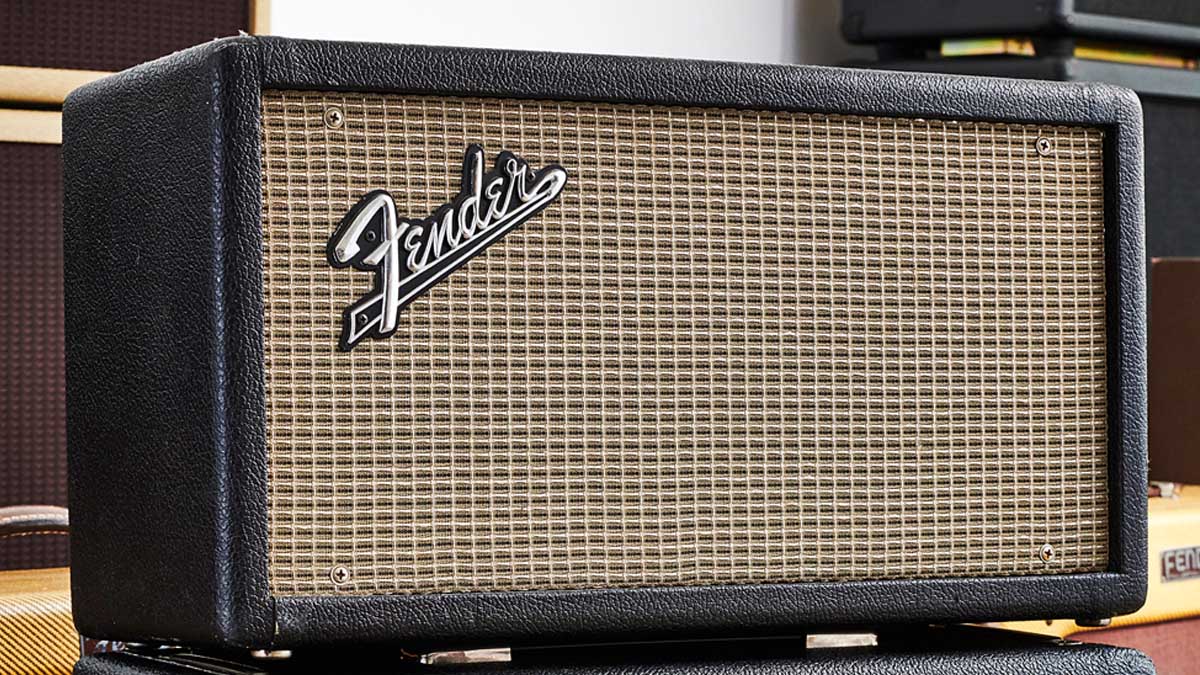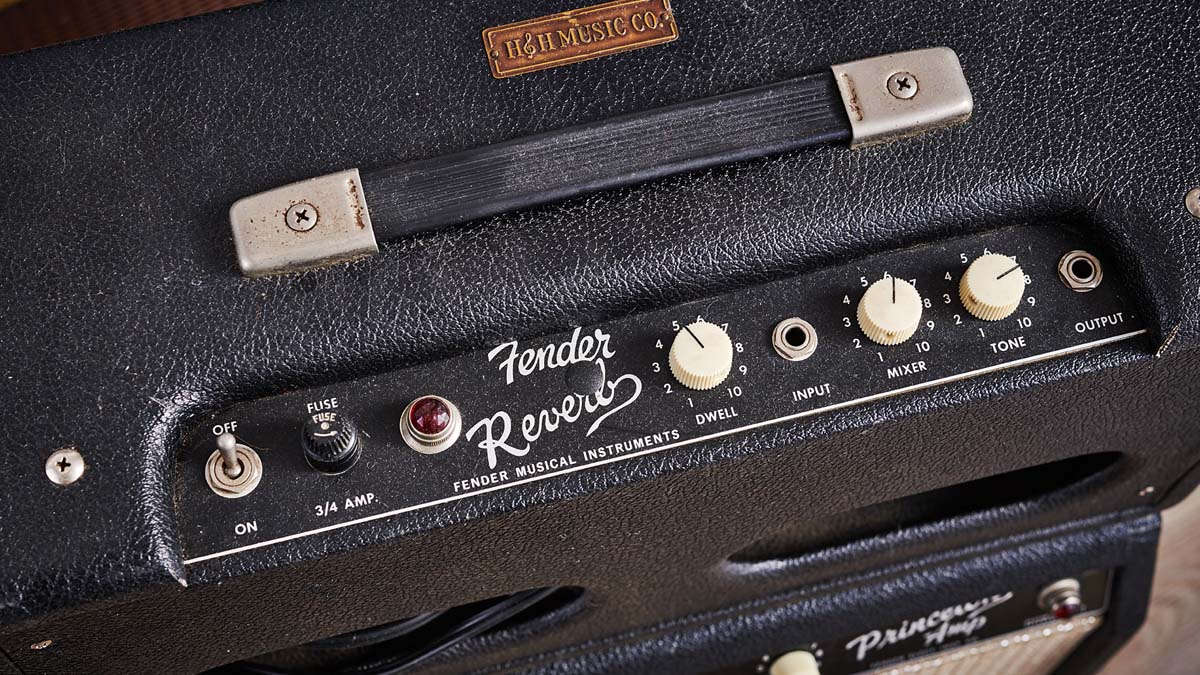Classic gear: Fender Reverb
A new sound springs to life and makes a splash in the surf-rock scene - this is the story of Fender's iconic reverb unit

During the 1950s, as the electric guitar boomed in popularity and fresh musical styles emerged, engineers and musicians increasingly experimented with various technologies to find new and exciting ways of livening up the sound of the instrument.
Gibson’s leading guitarist, Les Paul, wowed listeners with his revolutionary tape techniques, while Gretsch man Chet Atkins was quick to jump onboard in 1954 with Ray Butts’ tape-echo-equipped EchoSonic amp. Both were leading electric guitarists of their time and were influential in establishing electric guitar effects as a crucial factor in the evolution of popular music.
Taking inspiration from tremolo-equipped amps such as the Multivox Premier 66 and Gibson GA-50T (released in 1947 and 1948 respectively) Fender released its first tremolo-equipped amplifier, the Tremolux, in 1955.
Although this marked a new direction in the company’s amp designs, it wasn’t until 1963 with the arrival of the Vibroverb that the “expanded sound” of reverb first appeared in a Fender amp. Prior to this watershed design, Fender reverb came in the form of a standalone unit simply labelled the ‘Reverb’.
1961
Reverb model 6G15 released; 6K6GT, 12AT7 & 7025 valves; blonde & brown Tolex.
1963
Black Tolex; black plastic strap replaces leather type.
1966
Reverb model 6G15 discontinued.
1968
Solid State Series FT-1000 Reverb unit released (discontinued in 1973).
1976
Silver-panel Tube Reverb unit released; 6V6GTA & 3x 7025 valves (discontinued in 1978).
1994
’63 Fender Reverb released; 6V6GTA, 12AT7 & 12AX7/7025 valves.
2008
Renamed ’63 Fender Tube Reverb (discontinued in 2016).
Developed in collaboration with the ‘king of surf rock’, Dick Dale, and released in 1961, the Fender Reverb sported the Hammond Type IV spring reverberation unit at the heart of its design.
Originally intended for a wide variety of applications including “guitar, accordion, microphone, phonograph” and “tape recorded program material” it became very popular among surf-rock guitarists in the early 60s, with its distinctive splashy character helping to define the sound of an era.
Spring reverb is an effect that approximates the sound of reverberations in an acoustic space, in order to add a greater sense of dimension and depth to the instrument signal.
All the latest guitar news, interviews, lessons, reviews, deals and more, direct to your inbox!
In essence, it is a form of delay, although rather than producing relatively long distinct repeats à la tape echo, a spacious wash of much smaller ‘reflections’ is gleaned from one or more springs with transducers at either end before being blended back in with the dry signal.
Whereas most amplifiers with onboard spring reverb tend to offer just one reverb level control, Fender Reverbs feature three parameter control knobs, namely Dwell, Mixer and Tone.
By turning up the amount of Dwell, more signal is sent to the reverb tank/springs and a more pronounced effect is achieved, with a distinctive ‘drip’ sound becoming audible at higher settings.
The Tone knob increasingly brightens up the affected portion of the signal (which can be very useful to help the reverb either sit back or come forward in a mix), while the Mixer knob allows control over the wet/dry balance, namely reverb level.

Originally released in brown Tolex with a wheat-coloured grille cloth, Fender later added other options to colour co-ordinate with their various amp designs including blonde/wheat, blonde/oxblood and black/silver.
The Reverb unit (circuit/model 6G15) was available until 1966 and was superseded by the Solid State Series FR-1000 Reverb. In 1976, a silver-panelled version called the Tube Reverb briefly appeared before being discontinued in 1978.
It wasn’t until 1994 that Fender revisited the original Reverb design in its Reissue Series with the ’63 Fender Reverb. Available in various finishes including brown/tan, black/silver, blonde/oxblood and lacquered tweed, it was renamed the ’63 Fender Tube Reverb in 2008 and eventually fell out of production in 2016.
- Guitarist would like to thank ATB Guitars of Cheltenham.
Rod Brakes is a music journalist with an expertise in guitars. Having spent many years at the coalface as a guitar dealer and tech, Rod's more recent work as a writer covering artists, industry pros and gear includes contributions for leading publications and websites such as Guitarist, Total Guitar, Guitar World, Guitar Player and MusicRadar in addition to specialist music books, blogs and social media. He is also a lifelong musician.


